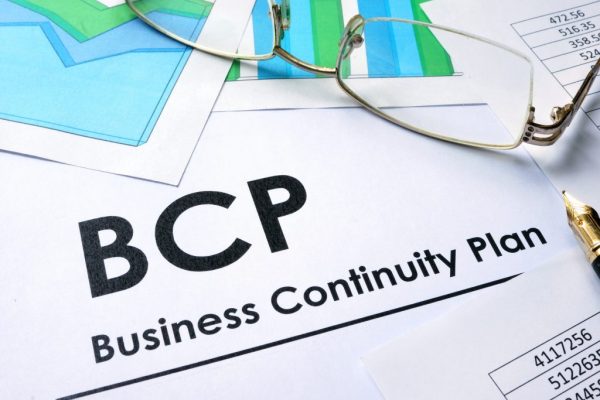Businesses need to prepare for major disruptions to their operations. We’ve learned this lesson from the COVID-19 pandemic. It was almost impossible to predict, and when it hit, it severely affected most businesses. Many were unable to recover as quickly as they would have hoped.
Read more about How To
A business continuity plan is designed to mitigate this sort of thing. With it, companies can stay operational, or return to some appreciable level of activity within the shortest possible time.
What Is A Business Continuity Plan?
A business continuity plan is a plan of action that’s designed to enable businesses to remain functional or recover quickly from a major disruption. Disruptions could be caused by a cyber-attack, a fire or flooding incident…or a pandemic.
Such a plan typically lists important business infrastructure that should be secured against possible risks, the nature of those risks, and how activities critical to the business can be returned to or kept running in the event of a disaster.
Of course, the ultimate aim of a business continuity plan is to limit the impact of a disruption on its ability to earn money.
Steps To Developing A Business Continuity Plan
If you don’t already have a plan for ensuring business continuity in the face of a disaster, now’s the best time to create it. Here are some steps you can follow to do that.
Identify Critical Activities
The first thing you’ll have to do is identify what activities are most essential to the business’s functionality. There may be multiple criteria for determining this. But in the end, it’s all about keeping the business running so that it continues to generate an income.
A part of this process is deciding what aspects of your operations won’t be vital in a post-disaster scenario. Your resources may be limited at that time, so knowing what will need your limited finances and support is important.
Determine Risks To Critical Activities
The sort of risks you may be prone to will be based in part on your location. For example, if the area in which your business is located is prone to flooding, you should list that as a risk. It’s always possible that an unusually bad flooding event could threaten to halt your business operations.
Find our comprehensive listings of businesses in Nigeria here https://businesses.connectnigeria.com/
The threat of fire is ubiquitous; trouble with electricity could cause a facility to go up in flames. Even if you’re taking all the necessary precautions against this happening, you should still plan for a scenario in which it occurs.
Identify possible vulnerabilities that may accentuate the impact of a disaster, so that you can avoid them or lessen their impact.
Define Your Response To Possible Disasters
The next step in designing your business continuity plan is to come up with ways to respond to a disruption when it happens. The aim here is to build up capacity and work models that reduce the impact of such a disruption.
This will often mean breaking down the response efforts into tasks and assigning those tasks to members of your team. These should make the process of restoring your worksite and critical technology faster.
Often, response strategies will incorporate remote work, the adoption of technologies that aid it, and activating a public relations plan to maintain the business’s corporate image.
Communicate Your Plan With Your Staff
It’s great to have a business continuity plan. But the plan won’t be of much use if your team doesn’t key into it.
Ideally, you would have involved them on the path to creating the plan. They could help with identifying key activities and infrastructure across the business, as they’re more intimately engaged with those aspects than you are.
Make the plan available to them in hard copy and electronic format, so that they can work with it if or when disaster strikes. You may also have to train them so that they fit in well with the business continuity roles that they have been assigned.
Final Words
It’s not enough to have a business continuity document that’ll probably begin gathering dust with time. Carve out time to test the plan with your team, so it becomes easier to adhere to when the time for real implementation comes. This, along with the steps leading to it, could save you a lot of costs in the event of a major disruption to your business.
Featured Image Source: BKS Partners
Got a suggestion? Contact us: [email protected]


